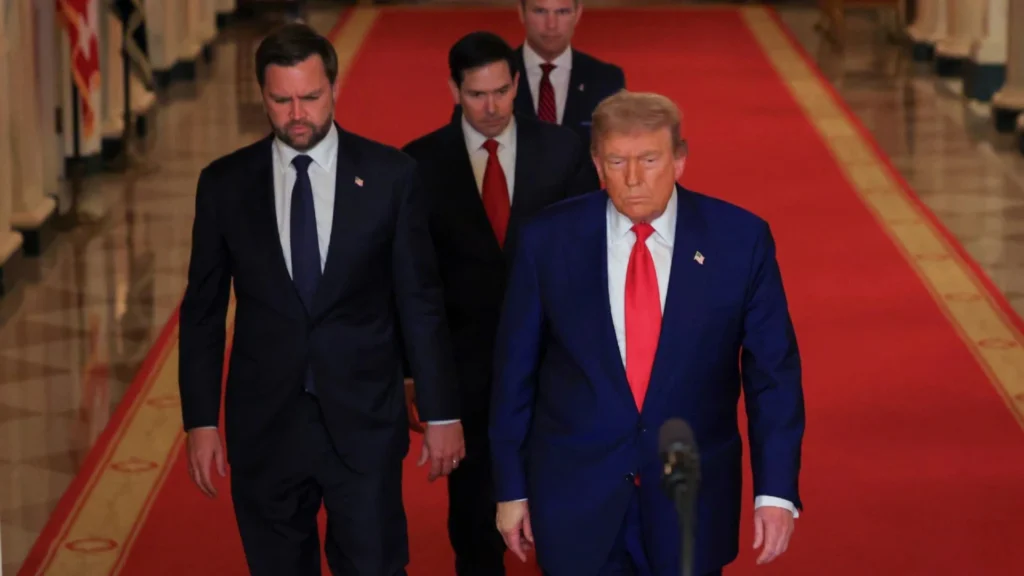What Happened : Iran weighs retaliation
- The U.S. launched its biggest attack on Iran’s nuclear sites since 1979, targeting the underground Fordow plant with 75 precision bombs, including bunker busters.
- Iran responded with missile attacks on Israel, injuring scores and damaging buildings in Tel Aviv.
- Commercial satellite images confirmed extensive damage to Fordow, although the status of its uranium centrifuges remains unclear.
Why It Happened?
- The strikes came after rising tensions between the U.S. and Iran, with President Trump warning Tehran to make peace or risk even harder attacks.
- Trump sparked controversy by suggesting “regime change” if Iran’s leaders failed to “Make Iran Great Again.”
- Israel intensified airstrikes on Iranian military sites, destroying missile launchers and radar facilities.
What to Expect? : Iran weighs retaliation
- Iran may retaliate further, with parliament approving a move to shut down the Strait of Hormuz, potentially spiking global oil prices and straining Middle East security.
- The U.S. has increased protection for its troops across Iraq and Syria, urging Americans in the area to exercise caution.
- The UN Security Council, led by Russia, China, and Pakistan, is considering a ceasefire resolution as tensions risk engulfing the wider Middle East.
- Russian and Iranian leaders are set to meet soon, with Iran signaling it will only consider diplomacy after responding to the attack.
- Meanwhile, global airlines have rerouted flights, creating a no-fly zone across the conflict area.
Read More : Iran Weighs Retaliation as Trump Pushes ‘Regime Change’
Read More : Top International Destinations for July, August & September 2025
